
- Shandong Loyal Industrial Co.,Ltd.
- SHORT-CUT PASTA PRODUCTION LINE LONG-CUT PASTA PRODUCTION LINE INSTANT PASTA PRODUCTION LINE
Home> Application> The Ultimate Guide To Full Automation in Pasta Production Machines In 2024

The Ultimate Guide To Full Automation in Pasta Production Machines In 2024
The Ultimate Guide To Full Automation in Pasta Production Machines In 2024
Introduction
In the fast-paced world of food production, efficiency is paramount. The pasta industry is no exception, and businesses are constantly seeking ways to optimize their processes. This article delves into the realm of achieving optimal efficiency through the full automation of pasta processing equipment. As we explore this transformative concept, it becomes evident that embracing automation is not merely a choice but a necessity for staying competitive in the food industry.Shandong Loyal Industrial Co., Ltd. has incorporated advanced technologies from Tecalit and SARP in the production of its macaroni.

Full Automation Technologies in Pasta Production
Cutting-edge Technologies
Pasta production has undergone a revolution with the integration of cutting-edge technologies into fully automated machines. Robotics and artificial intelligence play pivotal roles in enhancing efficiency. These technologies not only streamline the production process but also ensure a level of precision and consistency that is challenging to achieve through manual methods.
Case Studies
To illustrate the impact of full automation, let's examine case studies of successful implementations in pasta manufacturing. Companies leveraging advanced technologies have experienced significant improvements in production speed and overall capacity. These real-world examples highlight the tangible benefits of embracing automation in pasta production.
Benefits of Full Automation
Increased Production Speed and Capacity
One of the primary advantages of full automation is the substantial increase in production speed and capacity. Pasta production machines, when fully automated, can operate seamlessly at high speeds, meeting the growing demands of consumers and businesses alike.
Consistency and Precision
Automated systems ensure consistency and precision in pasta quality. The elimination of human errors and variations results in uniform products, meeting the stringent standards of renowned pasta brands such as Colavita, Garofalo, Whole Foods 365 Everyday Value, Banza, and Jovial.
Cost Reduction and Resource Efficiency
Full automation brings about a reduction in operational costs and resource wastage. Efficiency gains translate into financial savings, making it a financially sound investment for pasta manufacturers.
Environmental Benefits
Beyond cost savings, full automation contributes to environmental sustainability through energy-efficient processes. This aligns with the growing focus on adopting sustainable practices in modern food manufacturing.

Integrating Energy-Efficient Solutions
Energy-Efficient Technologies
The discussion now shifts to the incorporation of energy-efficient technologies in pasta production machines. These technologies not only optimize energy consumption but also align with the global push towards sustainability in manufacturing.
Sustainable Practices
Emphasizing the importance of sustainable practices, companies can achieve energy savings while contributing to environmental conservation. This aligns with the ethos of modern consumers who value eco-friendly products.
Case Examples
Examining specific cases where companies have successfully implemented energy-efficient solutions provides practical insights. Companies that prioritize sustainability are not only reducing their environmental footprint but also gaining a competitive edge in the market.
Challenges and Solutions
Identifying Challenges
Implementing full automation in pasta production is not without its challenges. Identifying these challenges, whether technical, operational, or cultural, is crucial for devising effective solutions.
Strategies for Overcoming Challenges
Strategies and solutions for overcoming these challenges are explored, drawing from the experiences of businesses that have navigated the complexities of integrating automation successfully.
Real-World Examples
Real-world examples of businesses overcoming challenges underscore the resilience and adaptability required in the face of change. These stories serve as inspiration for others embarking on the journey of automation.
Future Trends in Pasta Production
Emerging Trends
Looking ahead, we explore emerging trends and advancements in pasta production machines. From smart manufacturing to the integration of Industry 4.0 principles, the future promises even greater efficiency and innovation.
Predictions for Automation Impact
Predictions for the future of automation and its impact on the pasta manufacturing industry shed light on the evolving landscape. Staying informed about these trends is crucial for businesses seeking a sustainable competitive advantage.
Research and Development
Ongoing research and development efforts aimed at enhancing efficiency in pasta production provide a glimpse into the potential breakthroughs that may shape the industry's future.
Conclusion
In conclusion, achieving optimal efficiency through full automation in pasta production machines is not merely a choice for businesses—it is a strategic imperative. The benefits, ranging from increased production speed to environmental sustainability, position automation as a transformative force in the industry. As we reflect on the key points discussed, there is a clear call to action for businesses to embrace automation and secure a competitive edge in the ever-evolving market.

FAQs: Common Questions about Pasta Production Machines
In addressing common questions about pasta production machines, we aim to provide clarity on various aspects related to full automation in the industry.
Q1: How do fully automated pasta production machines differ from traditional methods?
A1: Fully automated pasta production machines utilize advanced technologies such as robotics and artificial intelligence to streamline and optimize the entire production process. Unlike traditional methods that rely on manual labor, automation ensures precision, consistency, and increased production efficiency.
Q2: What role do robotics and artificial intelligence play in pasta production automation?
A2: Robotics and artificial intelligence play integral roles in automating tasks that were traditionally performed by human operators. Robotics enable precise handling and processing of ingredients, while artificial intelligence enhances decision-making processes, leading to improved overall efficiency.
Q3: Can fully automated pasta production machines adapt to different pasta shapes and sizes?
A3: Yes, modern automated systems are designed with flexibility in mind. Through programmable controls and adaptive technologies, these machines can easily switch between various pasta shapes and sizes, catering to the diverse demands of the market.
Q4: How do energy-efficient solutions contribute to sustainability in pasta production?
A4: Energy-efficient solutions in pasta production machines contribute to sustainability by minimizing energy consumption and reducing the environmental impact. This aligns with the global trend towards adopting eco-friendly practices in manufacturing.
Q5: What challenges might businesses face when transitioning to full automation?
A5: Transitioning to full automation may present challenges such as initial capital investment, workforce adaptation, and potential technical issues. However, businesses can overcome these challenges through strategic planning, employee training, and leveraging the expertise of automation specialists.
Q6: Are there any notable examples of pasta brands adopting full automation successfully?
A6: Yes, several renowned pasta brands, including Colavita, Garofalo, Whole Foods 365 Everyday Value, Banza, and Jovial, have embraced full automation to enhance their production processes. These companies serve as prime examples of successful integration and the positive impact it can have on product quality and efficiency
Contact Us

- Shandong Loyal Industrial Co.,Ltd.
- Telephone+86 13176674591
- Email[email protected]
- WhatsApp+86 13176674591
- WeChat13176674591
- AddressC623, Jiahui Global Plaza, No. 548, Beiyuan Street, Tianqiao District, Jinan City, Shandong Province
- Factory AddressADD -300m North of Zhangxia Industrial Park, Binhe Road, Zhangxia Town, Changqing District, Jinan
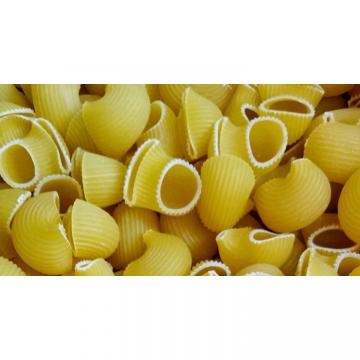

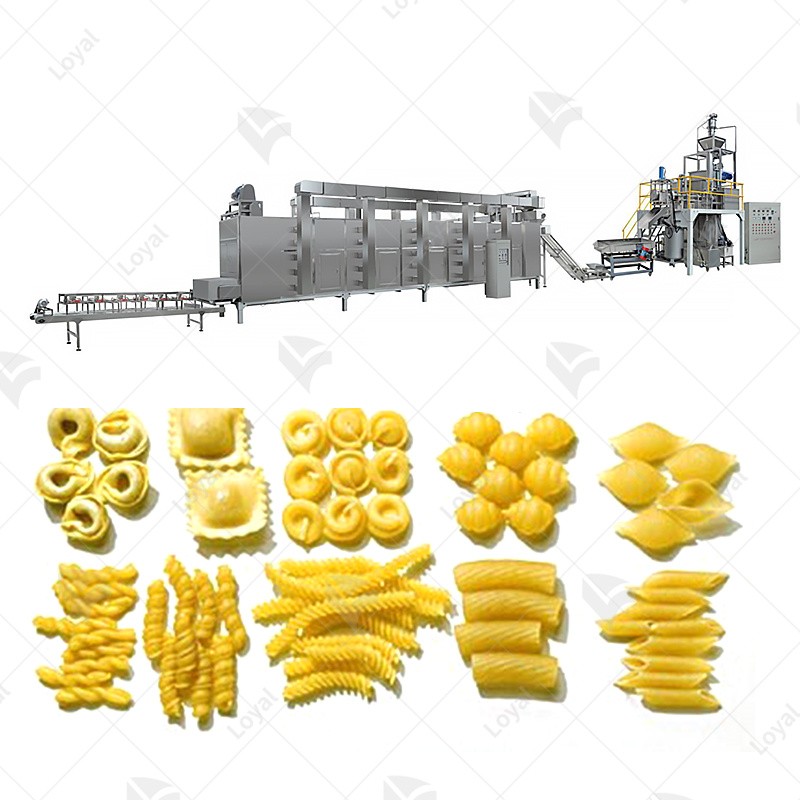


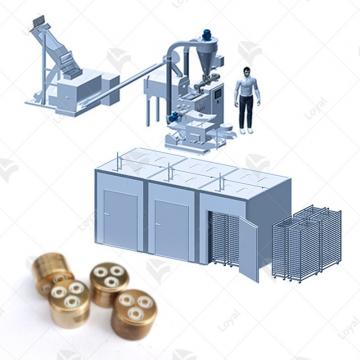 Combined Pasta Production Line
Combined Pasta Production Line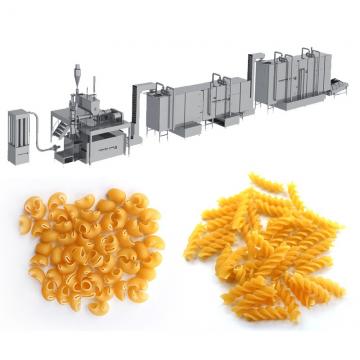 Vacuum Extruder Pasta Machine
Vacuum Extruder Pasta Machine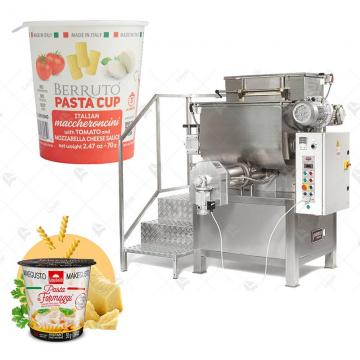 INSTANT PASTA CUP PRODUCTION LINE
INSTANT PASTA CUP PRODUCTION LINE Spaghetti Pasta Production Line
Spaghetti Pasta Production Line